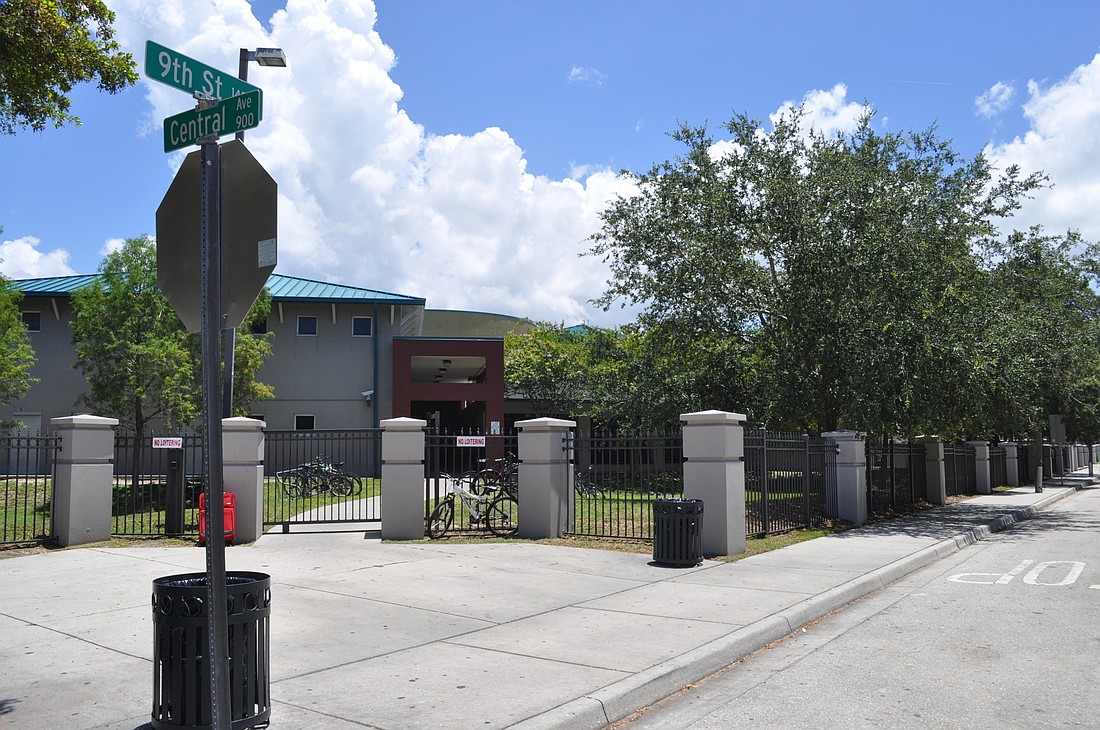- November 13, 2025
-
-
Loading

Loading

In 2013, the city and county embarked on a joint effort to combat regional homelessness, hiring a consultant to help address a top issue.
That led to contentious policy disagreements between the city and county commissions, a failed effort to build a come-as-you-are homeless shelter and an agreement to pursue different paths for mitigating homelessness issues.
More than three years later, the public continues to express concern about the lack of progress. Headed into 2017, however, there is a feeling from the city and county that Sarasota is poised to take meaningful steps toward treating and housing homeless individuals.
There’s also a belief that both governments are better aligned than they have been in the past and positioned to work collaboratively to address homelessness.
“I think in 2017, we need to work through and get beyond this perception that the city and county are in a fundamental state of disagreement,” City Manager Tom Barwin said. “I just don’t think it’s true anymore.”
“We need to work through and get beyond this perception that the city and county are in a fundamental state of disagreement. I just don’t think it’s true anymore.” — Tom Barwin
Wayne Applebee, the county’s homeless services director, said a change occurred in the final quarter of 2016. The county engaged with representatives from the Kearney Center in Tallahassee, a facility that offers comprehensive emergency services for the homeless.
Soon after, the city held its own meeting with Kearney Center representatives — and both sides found common ground.
“Even if we don’t implement what the Kearney Center does as a model, at this point, I’m optimistic it’s regenerated the conversation and found the city and county have a lot of shared goals,” Applebee said.
Applebee and Barwin expressed a desire to expand the collaborative effort to combat homelessness, including better engagement between non-governmental service providers. The city is working with Susan Pourciau, director of homeless training and technical assistance for the Florida Housing Coalition, to discuss the best way to align the community toward the same goal.
“We have gotten very close to a consensus in terms of getting behind at least a strategy, an approach that has been proven effective both here and in many jurisdictions around the county,” Barwin said.
Applebee said the county was interested in enhancing its Sheriff’s Housing Initiative Facilitating Transient Services program. The initiative, called SHIFTS for short, provides 90 days of housing and support services to help individuals find a stable housing situation. In its first year, 45 of the 63 people to go through the system remained housed.
“We were actually surprised, for such a difficult population, that we were running such high numbers remaining in housing.” — Wayne Applebee
The county doubled the number of beds available for that program from 10 to 20 in 2016. Officials were excited to find a way to successfully treat individuals with high incidences of mental health issues and criminal records.
“We were actually surprised, for such a difficult population, that we were running such high numbers remaining in housing,” Applebee said.
Although SHIFTS is not a housing program, its results dovetail with the city’s philosophy on addressing homelessness. The city continues to focus on a Housing First model, which aims to place individuals in homes as quickly as possible.
The city is hopeful the philanthropic community will step forward to help overcome the challenge of locating affordable housing in the region. One resident, Jim Doyle, has given $1 million to the Sarasota County Community Foundation for homelessness support. If the funding comes into place, Barwin is confident the city’s model can work.
“I traveled to Salt Lake City not so long ago, and they have virtually eliminated homelessness from the streets,” Barwin said. “They did that through a very robust housing agency. I think we’re moving toward that direction.”
Barwin said the dispute over the come-as-you-are shelter, which came at the recommendation of consultant Robert Marbut, is behind the city and county. But Applebee said the County Commission likely will remain interested in having a jail diversion program for chronically homeless individuals who don’t take to treatment.
“The ability to address people in the community who may be unable or unwilling to enter services is an important component for the elected officials moving forward,” Applebee said. “I don’t think that will change.”
Barwin said the county was free to pursue its own priorities, and the city and county could find other areas for collaboration. And Applebee suggested the county might look for other, more broadly acceptable models for getting homeless individuals off the street.
“Is the come-as-you-are shelter the only way to meet that legal standard in the future?” Applebee asked. “Or is there an opportunity to provide the legal threshold needed and have a system that’s still supported by the community?”